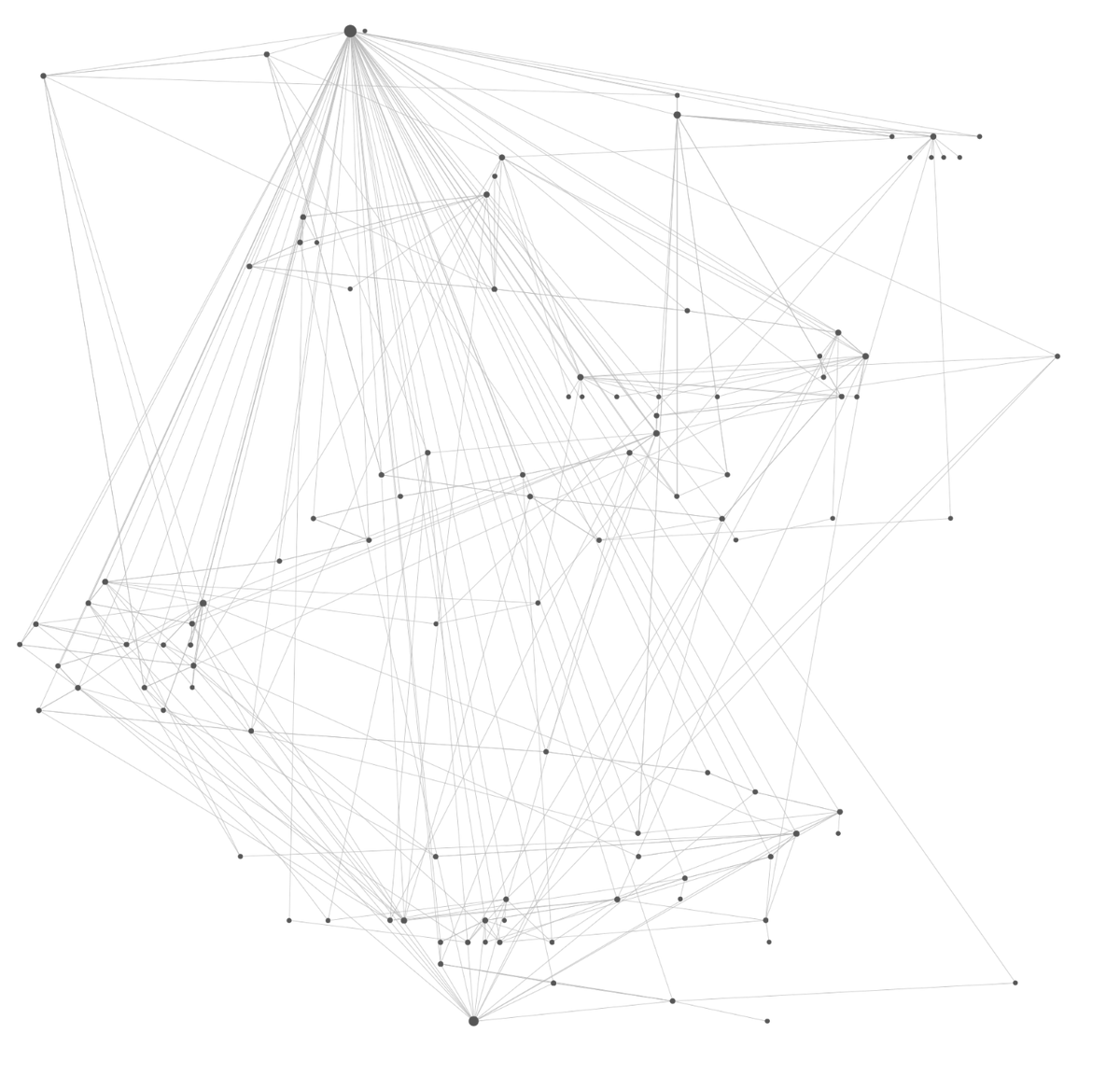
ROAM BOOKS ARE THE FUTURE OF EBOOKS
(thread)
3 days ago, I published the first @RoamResearch book ever (gum.co/ergodicity).
Once you try this format, you won't come back.
Here are 5 of its features (thread, 1/6)
(thread)
3 days ago, I published the first @RoamResearch book ever (gum.co/ergodicity).
Once you try this format, you won't come back.
Here are 5 of its features (thread, 1/6)

2/ The first feature of Roam books, or rBooks for short, is that they allow for non-linear exploration.
Their pages are like Wikipedia pages – they contain links for optional deeper exploration.
Moreover, at the bottom of each page, there is an automatic list of references.

Their pages are like Wikipedia pages – they contain links for optional deeper exploration.
Moreover, at the bottom of each page, there is an automatic list of references.


3/ Roam books are still books – they still have a table of content that guides you through your journey of discovery.
However, you can stray off the path or take shortcuts as you please.
However, you can stray off the path or take shortcuts as you please.

6/ More importantly, with a couple of clicks you can create summary pages that automagically contain all references to the selected concept.
7/ Here's perhaps the most important feature. Roam books can be imported into your own Roam graph! And it will seamlessly link to your pre-existing information.
We've never been closer to "downloading knowledge to your digital brain".
Not only you download info but connections.
We've never been closer to "downloading knowledge to your digital brain".
Not only you download info but connections.
8/ So, here is the first Roam book, on ergodicity. Try it! gum.co/ergodicity
9/ Moreover, I already began working on a Roam Book on Team Management.
It takes from my books "Best Practices For Operational Excellence" and "Teams Are Adaptive Systems" and packages them as a Roam Book.
Here it is: gum.co/roambook?1
It takes from my books "Best Practices For Operational Excellence" and "Teams Are Adaptive Systems" and packages them as a Roam Book.
Here it is: gum.co/roambook?1
11/ Finally, as the @RoamResearch team and the #roamcult community add features to the app, Roam Books gain in potential too.
And as readers add content to their graph, the Roam Books they purchased connect to more info.
An application of @zackkanter’s shadow force.
And as readers add content to their graph, the Roam Books they purchased connect to more info.
An application of @zackkanter’s shadow force.
12/ On the 15th of November, I'll publish a new project that leverages Roam's potential even more.
Hint: it's not a Roam Book.
Subscribe 👇 to get notified
luca.ck.page/4d78aab1e3
Hint: it's not a Roam Book.
Subscribe 👇 to get notified
luca.ck.page/4d78aab1e3
• • •
Missing some Tweet in this thread? You can try to
force a refresh









